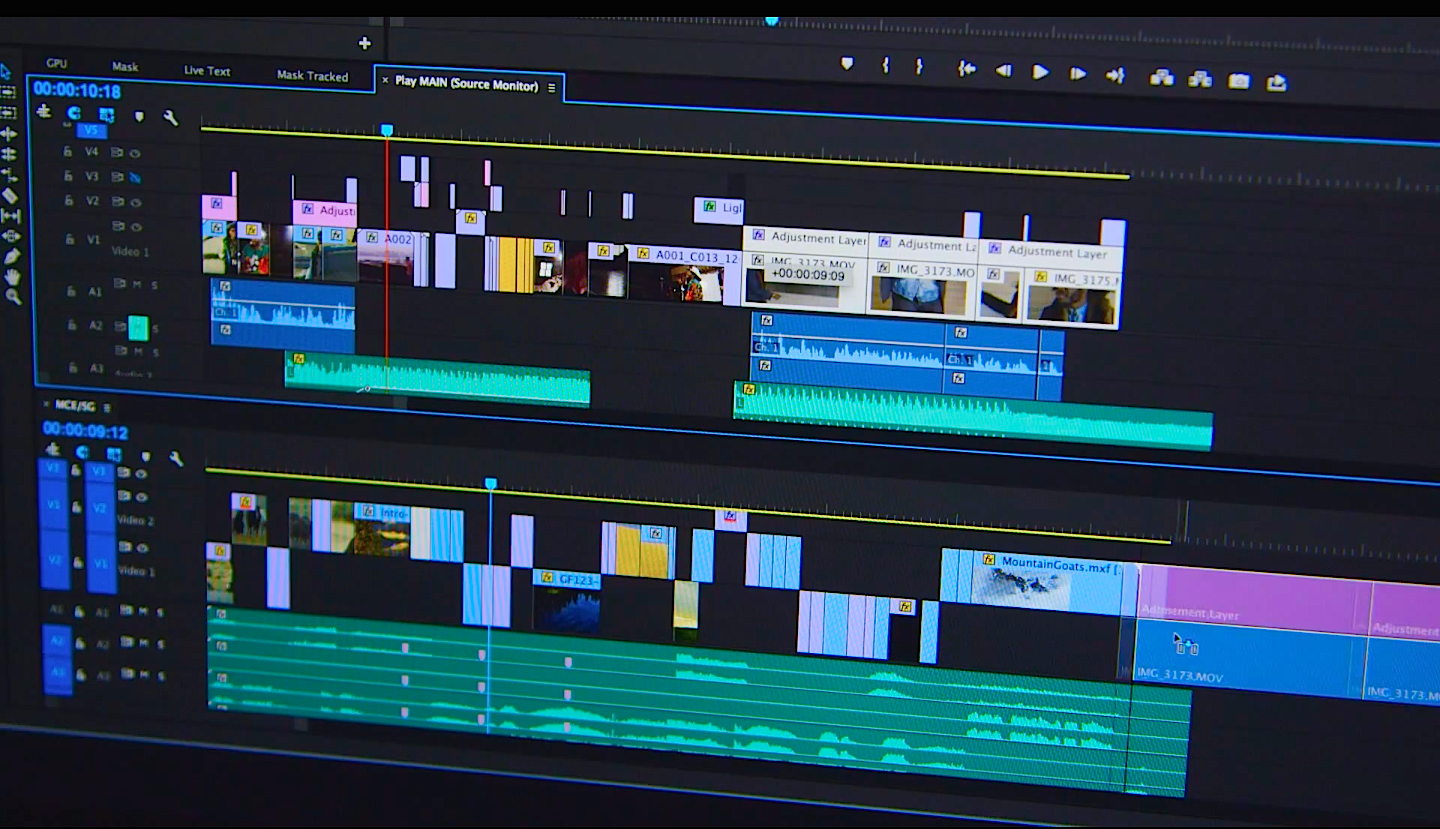

Choose "Window>Effect Controls" (unless that panel is already open, in which case just start using it)ħ. Just a few more things should solve the problem.Ħ. You'll probably notice that the video now looks wrong again, even though the black bars are now on the left and the right. Change the Frame Size to 1920 horizontal, and 1080 vertical. The editing mode and timebase will likely be different, but look at the area that I've outlined in red.ģ. In the new dialogue box, you'll see something akin to this: Click in your Timeline to make it the active panelĢ. Perfect for removing distractions or focusing o.
#ADOBE PREMIERE PRO CC CROP VIDEO HOW TO#
So, we need to use what you did before but tweak it.ġ. How to crop video in premiere Pro 2022 Discover easy video cropping techniques in Adobe Premiere Pro 2022. However, in this case it works against you because the video isn't to spec. That's awesome when everything is to spec. What happens when you simply drag a clip from the project panel to the timeline is that Premiere creates a new sequence for you that is tailor made to that clip. The solution: Create a sequence that we know is correct, and then add the footage into that sequence (no reinterpretation necessary) and rotate. The good news: 10 are standard sizes the bad news: they're backwards. In other words, this shows that your footage is taller than it is wide - 1080 pixels wide, 1920 pixels tall. The frame size is always measured horizontally and then vertically. Under the video section is says "1080x1920" - that's the frame size of your video clip, measured in pixels. That is where all animation controls effects are controlled. Masking controls btw are in the Effects Control Panel. However, with time, experience, and learning I understand why the difference is there, and I most certainly do not want Pr to look or work like Ps. Yes if the original ratio is appropriate that is easy. Caution, creating such a non-should standard frame size sequence will have usage consequences. When I started video post I wanted just to use the same type of tools and was frustrated. Create a sequence with the pixel dimensions you want and edit the source video into it, maintaining the original video's scale. Fill in other values in the screen as desired and appropiate for the project.

Now fill in the Frame Size to 480 horizontal and 480 vertical. In the New Sequence pop-up, under the Settings tab, select Editing Mode: Custom. I came into video post from 35 years of pro stills work including running a pro portrait photographers lab alongside our studio for 25 years of that. In Premiere, you first create a new sequence of the desired resolution for your video. Some tools in Pr that seem similar in results to Ps are actually nothing at all like the Ps tool. Premiere *has* to work across thousands of images at a time, of different formats/codecs, and so has to have a completely different underlying structure. And yes, there are some abilities within Ps to apply that work on video. Ps is built for working incredibly detailed pixel by pixel modifications on one image at a time or small batches. Let alone how differently the apps *have* to work.
#ADOBE PREMIERE PRO CC CROP VIDEO CODE#
Yes, tfat is blending more these days, but you cant simply take a large user-base app and completely change the UI and the underlying code without causing in itself massive disruption.

The products have all come from very different paths and user groups.


 0 kommentar(er)
0 kommentar(er)
